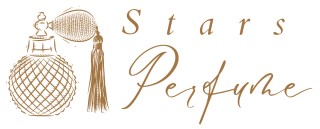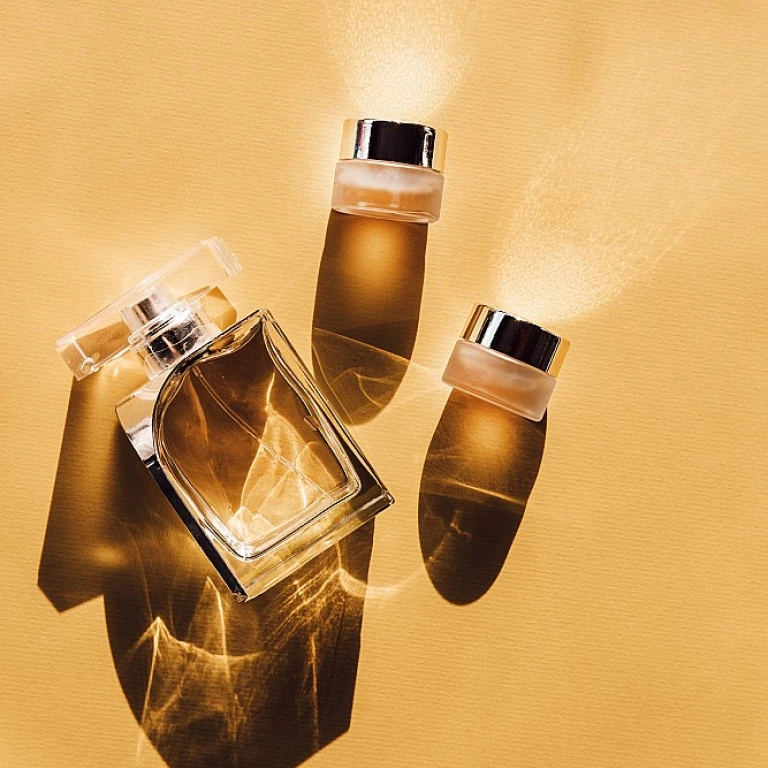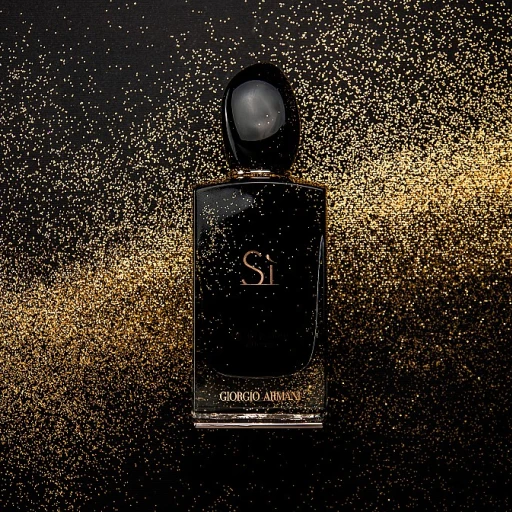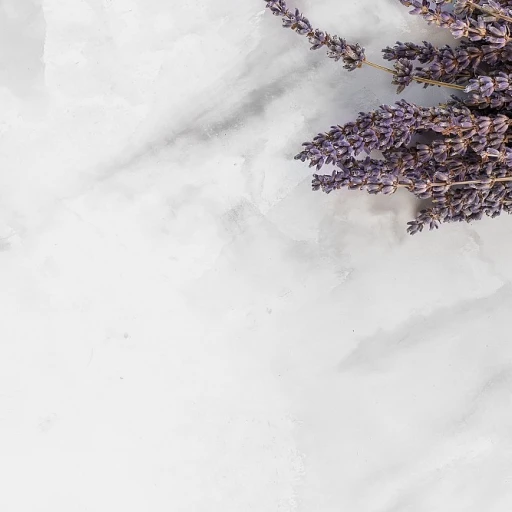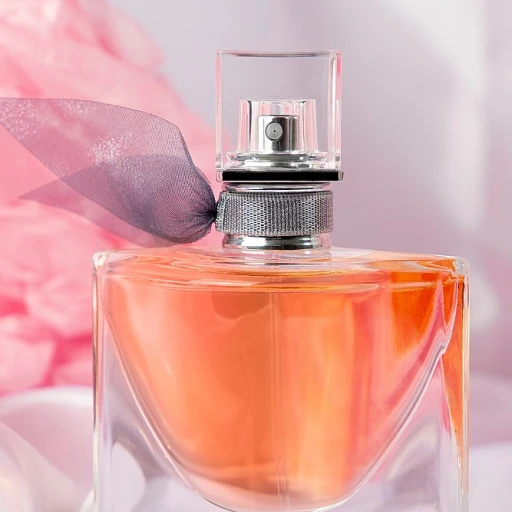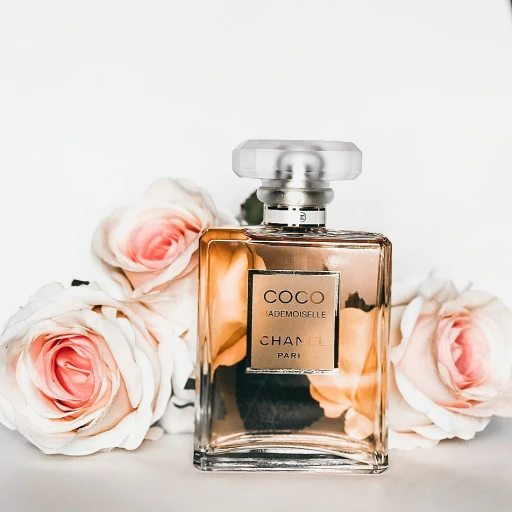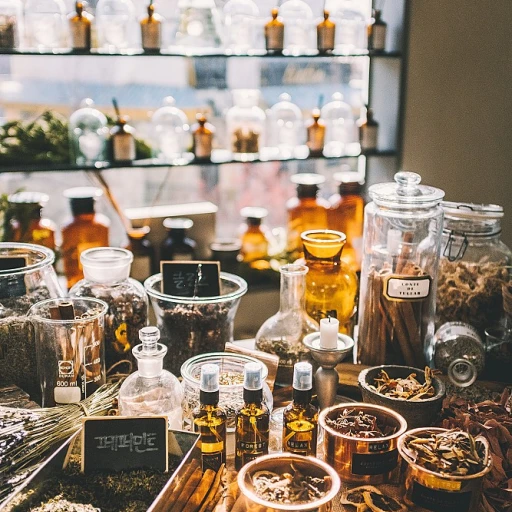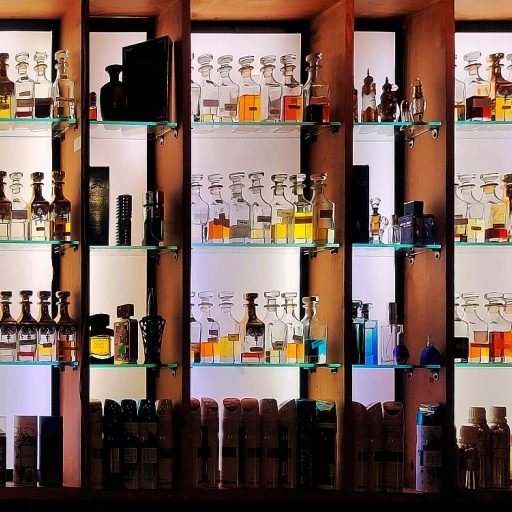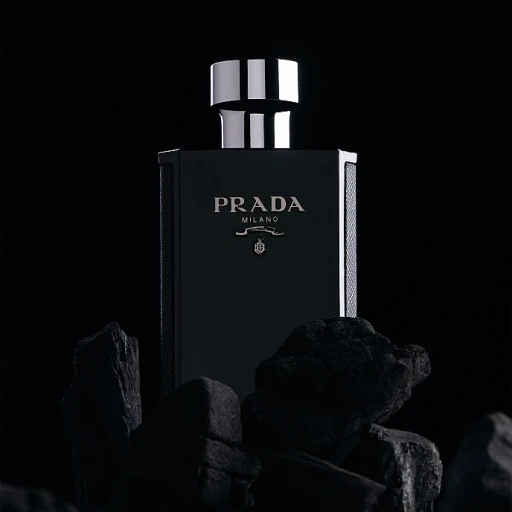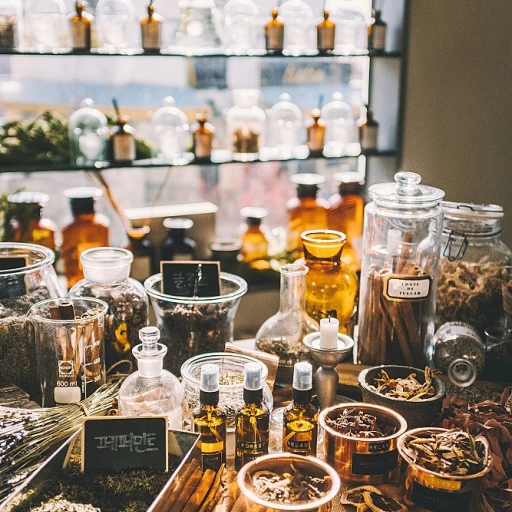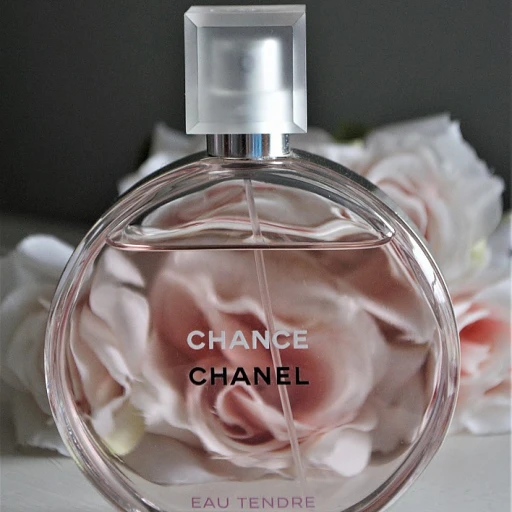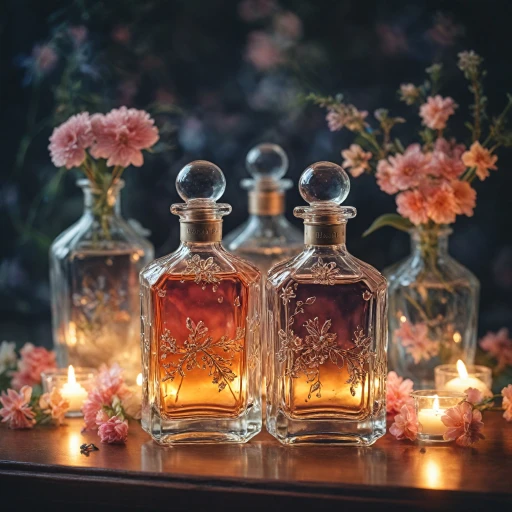
The Ancient Beginnings of Perfume
The Dawn of Aromatic Experiences
The story of perfume begins thousands of years ago, deep within the ancient civilizations that dotted the landscape of our ancestors. These early societies, driven by their quest for both spiritual and aesthetic expressions, laid the foundation of our aromatic journey. From the ancient Egyptians to the Mesopotamians and Indus Valley inhabitants, fragrance was more than just a pleasant aroma; it was a potent symbol of power, status, and divinity.
One cannot overlook the role that scent played in various cultural and religious rituals. Incense and perfume were used extensively in offerings to deities, signifying a deeper connection between the earthly and the divine. The aromatic crops, primarily cultivated along the enriching banks of the Nile and other fertile regions, became essential to the rituals of life and death.
Perfume, across civilizations, witnessed the use of natural elements like myrrh, frankincense, and lily of the valley. These were among the top notes that would later inspire the vast array of fragrances we see today, ranging from the mainstream eau de toilette to the more luxurious eau de parfum.
As trade routes expanded, the genesis of perfume evolved, embracing a diverse range of ingredients and techniques. This was a time marked by cultural interchange, where the fragrance became a commodity, its price dictated by rarity and demand, much akin to how a perfume's seller might set their product today. As these scents traveled, they left an indelible mark, weaving their story into the rich tapestry of aromatic tradition.
While our relationship with scent evolved over the ensuing months, one thing remains unmistakable; the allure of fragrance continues to captivate our senses, akin to a verified purchase promising a long-lasting impression. Whether it’s a spray men gravitate towards for an invigorating morning or a gentle pour of floral notes in a toilette men might choose for an exclusive evening, the captivating journey of perfume continues to arouse interest across borders and eras.
The Evolution of Perfume-Making Techniques
The Art and Craft of Perfume-Making
The evolution of perfume-making techniques is a fascinating journey that reflects the creativity and innovation of humankind. From the earliest distillation methods to the modern synthesis of complex fragrance notes, the art of crafting perfumes has undergone significant transformation.
In ancient times, the genesis of perfume involved rudimentary methods of extracting scents from natural sources. Early perfumers relied on the distillation of flowers, spices, and resins to create fragrant oils. These oils were often used in religious rituals and personal grooming, marking the beginning of a long-lasting tradition.
As centuries passed, the techniques became more refined. The introduction of alcohol as a base in the 14th century revolutionized the perfume industry, allowing for the creation of eau de toilette and eau de parfum. This development not only enhanced the longevity of fragrances but also expanded the range of scents available to the public.
By the 19th century, the industrial revolution brought about significant advancements in chemistry, leading to the synthesis of new aromatic compounds. This era saw the rise of iconic fragrances that remain popular today, with perfumes for men and women becoming more accessible due to reduced production costs and free shipping options.
Today, modern perfumers employ a blend of traditional techniques and cutting-edge technology to create complex fragrances that appeal to diverse tastes. The use of synthetic ingredients allows for the creation of unique scents that were previously impossible to achieve. This innovation is reflected in the wide array of products available, from parfum spray to toilette men options.
Moreover, the digital age has transformed the way consumers purchase perfumes. Online platforms offer a vast selection of fragrances, enabling customers to add to cart with ease and enjoy free delivery in the United States. Verified purchase reviews and detailed product descriptions help buyers make informed decisions, ensuring they select the best eau de toilette or eau parfum to suit their preferences.
The evolution of perfume-making techniques is a testament to the industry's ability to adapt and innovate. As we look to the future, the focus on sustainability and eco-friendly practices continues to shape the landscape of perfumery, ensuring that this ancient art remains relevant and cherished for generations to come. For more on this journey, explore The Triumph of Perfume.
Iconic Fragrances Through the Ages
Milestones in the Fragrance Landscape
The history of perfume is a tapestry woven with the threads of iconic fragrances that have shaped and defined each era's olfactory standards. These beloved scents, with their complex notes and elegant compositions, have not only endured through the months and years but have also left an indelible mark on the fragrance industry. Let's delve into some of these legendary perfumes men and women alike have cherished across generations.
When discussing the genesis of iconic scents, one cannot overlook the significance of Eau de Toilettes and Eau de Parfums that have set standards for what a fragrance can achieve. A pivotal example in the mid-20th century was the introduction of bold and novel perfume men collections, specifically crafted to transcend the boundaries of traditional masculine scents. These included innovative blends like Toilette Men and Parfum Spray, which became bestsellers due to their long-lasting nature and distinctive top notes.
In more modern times, perfumes such as "Genesis Pour Homme" by Jean Rish have become staples in the contemporary fragrance wardrobe, celebrated for their sophisticated blend of spicy and floral accords. Notably, these fragrances often come with free shipping and free delivery options, making them a popular choice among buyers in the United States.
The appeal of these iconic products extends beyond their scent profiles. Their transition from luxury items to more accessible options at a range of price points has allowed a broader audience to experience their allure. Verified purchase reviews frequently highlight the ease of obtaining such scents, from adding to the cart with select options such as Eau de Parfum spray men to opting for free shipping during checkout.
As we continue to explore the milestones in fragrance, it's clear that certain perfumes, supported by star ratings and customer feedback, have achieved celebrated status within the industry. Whether it's a nostalgia-driven purchase or a new addition to one's personal fragrance list, these perfumes continue to captivate with their timeless appeal. Discover more about how selecting the right scent can elevate your perfume portfolio.
The Science Behind Scent Composition
Chemistry and Craft: The Art of Scent Composition
In the realm of perfumery, developing a fragrance is a meticulous blend of art and science. The creation of a perfume begins with its unique "genesis," where inspiration is transformed into a fragrant reality. At this stage, a perfumer, often referred to as the "nose," selects from a palette of over 3,000 notes to craft a harmonious scent composition. These notes, categorized into top, middle, and base notes, are the building blocks of a fragrance's identity.- Top Notes: These are the initial notes that greet you upon the first spray. Fresh and light, they make a strong first impression but tend to evaporate quickly. Common top notes include citrus, lavender, and spices.
- Middle Notes: Known as the "heart" of the fragrance, these notes emerge after the top notes dissipate. They form the core of the perfume and often consist of floral or fruity nuances like lily valley or rose.
- Base Notes: These notes appear over time, providing depth and longevity. They include heavier scents such as musk, amber, or vanilla, designed to linger on the skin.
